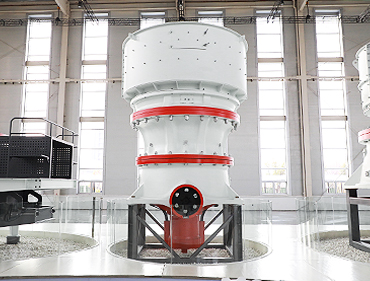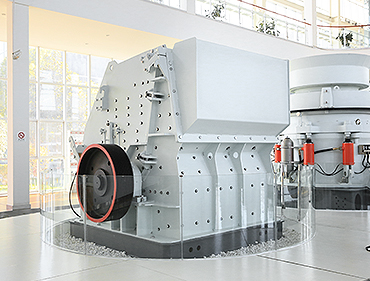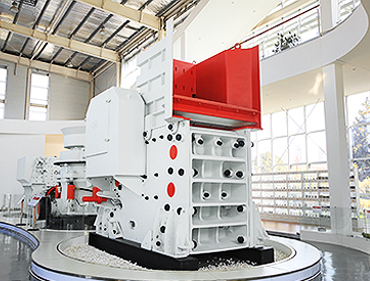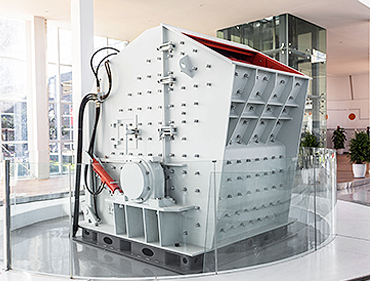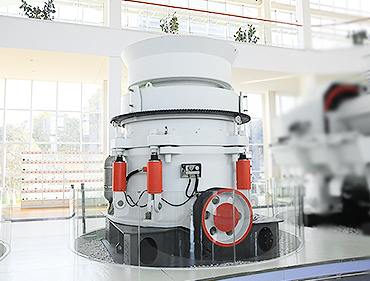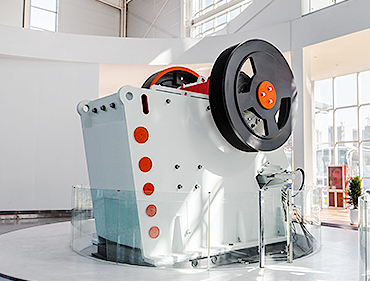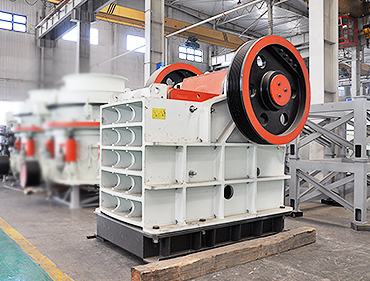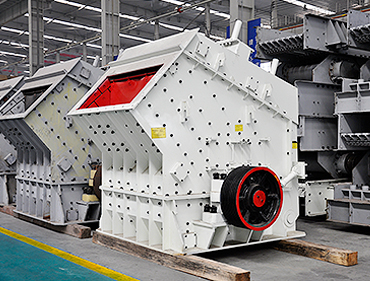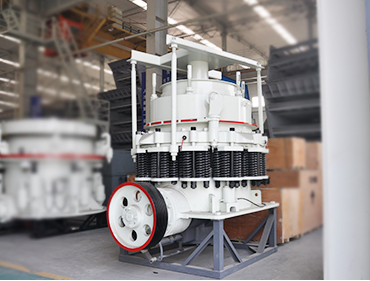 مسكن
>
how limestone is processed
مسكن
>
how limestone is processed
منتج
أكثر من 30 نوعًا من المنتجات تغطي التعدين وسحق البناء والطحن الصناعي ومواد البناء الخضراء وغيرها من المجالات
how limestone is processed

limestone | Characteristics, Uses, Facts |
Limestone: Limestone, sedimentary rock composed mainly of calcium carbonate, usually in the form of calcite or aragonite. It may contain considerable amounts of magnesium carbonate (dolomite) as well; minor constituents also commonly present include clay, iron carbonate, feldspar, pyrite, and quartz.

Limestone extraction | SOLANCIS
Extraction Limestone mining is done out in the open. Once studies show the existence of stone at the site, the extraction is made by separating the rock in quarry benches and dividing it into blocks. Before beginning the quarrying process, a resource analysis is made.

10 Advantages and Disadvantages of Quarrying Limestone ...
May 03, 2018· Quarrying limestone is the process of removing this material from the ground. As with any quarrying process, there are certain pros and cons that must be evaluated. List of the Pros of Quarrying Limestone. 1. It can be an economic engine. Quarries can provide numerous jobs at .

What is the process of limestone formation? Quora
Basically, lime stone is a non clastic rock, formed by the chemical precipitation of dissolved minerals especially calcium carbonate by sea water. These minerals would have been derived from the older rocks or fossiliferous rocks and transported b...

Order Process | Accent Limestone Carving
Warning: Deviation from this process flow could potentially result in significant errors in the finished products finfish and fitment. Any errors or changes made after final shop drawing approval will change the scope of work, with resulting cost increases for consultation, design, stone .

Calcination | chemical process |
Calcination: Calcination, the heating of solids to a high temperature for the purpose of removing volatile substances, oxidizing a portion of mass, or rendering them friable. Calcination, therefore, is sometimes considered a process of purification. A typical example is the manufacture of lime from limestone.

Calcination | chemical process |
Calcination, the heating of solids to a high temperature for the purpose of removing volatile substances, oxidizing a portion of mass, or rendering them friable. Calcination, therefore, is sometimes considered a process of purification. A typical example is the manufacture of lime from limestone.

What is Quicklime and How is it Made? ScienceStruck
After the limestone rocks are processed, they are transported to a lime kiln for calcination. This is the process where the limestone is heated to a temperature above 1,472ºF for decarbonation,, removal of carbon dioxide in gaseous form, to produce quicklime. Almost half of the limestone.

What is limestone? How is it formed? Quora
Mar 05, 2019· Limestone is a naturally occurring sedimentary rock. It consists of calcium carbonate (CaCO3) in its very pure form. Limestone is made by the accumulation of fossils of various marine organisms such as corals, algae, and mollusks and also by depos...

Lime (material) Wikipedia
Lime is a calciumcontaining inorganic mineral composed primarily of oxides, and hydroxide, usually calcium oxide and/ or calcium is also the name for calcium oxide which occurs as a product of coal seam fires and in altered limestone xenoliths in volcanic ejecta. The word lime originates with its earliest use as building mortar and has the sense of sticking or adhering.

Acid Neutralization Limestone ChipsTank Superstore
Neutralization is the process whereby acids and alkalis (wastes) can be rendered harmless. Limestone (marble) chips or lumps are used in numerous applications to help neutralize and/or dilute chemical bearing wastes ( acid wastes).

What is the limestone''s mining process? Quora
Jan 30, 2017· Limestone deposits are found throughout the world. They are "mined" in a process known as "quarrying." This process varies depending on the use of the product. If it is to be made into cement, it is needed in small pieces so that it can be ground ...

Lime Production: Industry Profile US EPA
description of the production process for lime, with discussions of individual lime products, limestone inputs, and costs of production. Section 3 describes the characteristics, uses, and consumers of lime as well as substitution possibilities. Section 4 discusses the organization of the industry and provides facility and companylevel data.

Limestone uses — Science Learning Hub
Sep 25, 2012· Calcium oxide, obtained from limestone, acts as a pH regulator when extracting gold from quartz. The chemical extraction of gold from powdered quartz rock uses a solution of sodium cyanide. In this cyanidation process, the pH of the solution needs to be maintained between 10–11 to prevent the production of deadly hydrogen cyanide gas.

Limestone Mill High Efficiency, Large Capacity, ...
Limestone which is mainly made up of calcium carbonate(CaCO3)is largely used as building material industrial raw materials. Limestone can be directly processed into aggregated rock and burnt into unslaked lime which becomes slaked lime after its moisture water absorption. The main content of slaked lime is Ca(OH)2.

What is Limestone? Properties, Types Uses Video ...
In this lesson, learn about limestone, a calcium carbonaterich chemical sedimentary rock. ... Definition, Process Influencing Factors Next Lesson . What is Limestone? Properties, Types Uses.

How Is Limestone Mined? |
Limestone is surface mined through open pit quarries or hillside cuts, or horizontally by tunneling under the overlaying surface rock. Quarrying is the most common method used, because it is an easier and cheaper method for removing shallow deposits.

The Many Uses of Limestone: Ways to Use Limestone
Common Uses of Limestone Limestone and Fertilizer: How It Works. ... Spent lime is a byproduct of the beet sugar purification process and is very effective at creating neutral soil conditions. As sugar beets are processed, calcium carbonate limestone is added to help remove impurities. Once removed from the resulting pure juice, it forms a ...

Difference Between Granite Limestone | Sciencing
Apr 25, 2017· Limestone is classed as a sedimentary rock. It was formed on the surface of the Earth by the process of sedimentation, with several minerals or .

how is limestone mined YouTube
Sep 29, 2012· How is Limestone Mined | Ask Kids: NZMIA resources for schools industrial minerals limestone case:

How is limestone formed? | What is limestone? | Limestone ...
Some limestones are made of, or incorporate fragments of, preexisting limestones (detritus). In shallow waters, fringing reefs, barrier reefs, atolls and limestone shorelines are eroded by the sea. The resultant sediment is transported by currents and deposited on the flanks of the reefs and in sheltered lagoons.

The Production Process Of Limestone,Milling Crusher Machine
The Production Process Of Limestone Processing. limestone will be crushed by crusher equipment. After crushing, the particle size of materials is suitable for transmission equipment to the European version of T or T shaped grinding medium speed mill.

Limestone | Minerals Education Coalition
Limestone. Limestone is a sedimentary rock composed mostly of the mineral calcite and comprising about 15% of the Earth''s sedimentary crust. It is a basic building block of the construction industry (dimension stone) and a chief material from which aggregate, cement, lime and building stone are made. 71% of all crushed stone produced in the is either limestone or dolomite.

Limestone Wikipedia
Limestone pellets offer many advantages over powdered or crushed limestone. FEECO is the industry leader in custom pelletizing equipment and complete process systems. We can supply you with a single piece of equipment or a complete pelletizing line. Our pin mixers are frequently used to precondition limestone for pelletization on a disc ...


